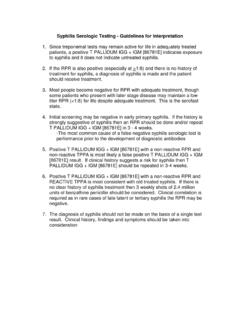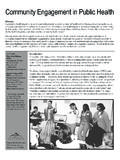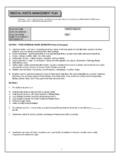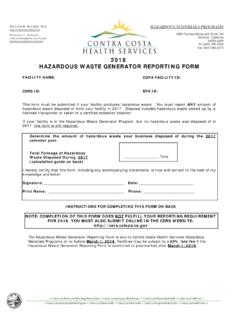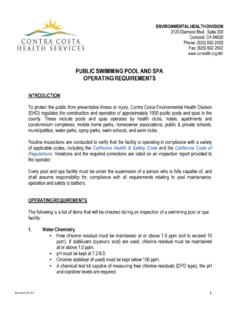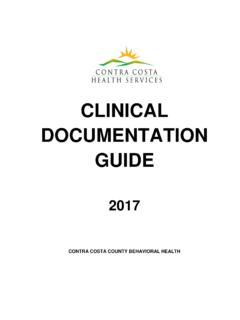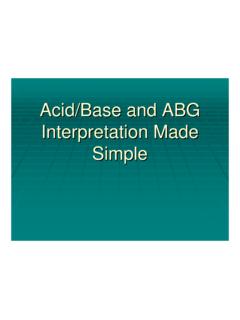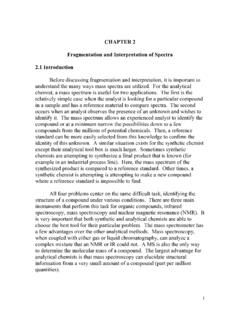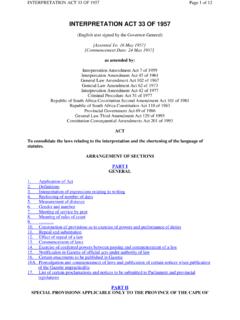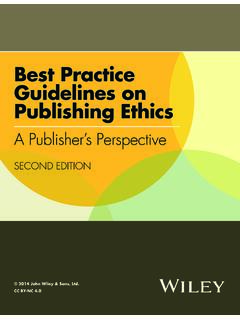Transcription of Syphilis Serologic Testing - Guidelines for Interpretation
1 Syphilis Serologic Testing - Guidelines for Interpretation 1. Since treponemal tests may remain active for life in adequately treated patients, a positive T PALLIDUM IGG + IGM [86781E] indicates exposure to Syphilis and it does not indicate untreated Syphilis . 2. If the RPR is also positive (especially at >1:8) and there is no history of treatment for Syphilis , a diagnosis of Syphilis is made and the patient should receive treatment. 3. Most people become negative for RPR with adequate treatment, though some patients who present with later stage disease may maintain a low titer RPR (<1:8) for life despite adequate treatment. This is the serofast state. 4. Initial screening may be negative in early primary Syphilis . If the history is strongly suggestive of Syphilis then an RPR should be done and/or repeat T PALLIDUM IGG + IGM [86781E] in 3 - 4 weeks. -The most common cause of a false negative Syphilis Serologic test is performance prior to the development of diagnostic antibodies 5.
2 Positive T PALLIDUM IGG + IGM [86781E] with a non-reactive RPR and non-reactive TPPA is most likely a false positive T PALLIDUM IGG + IGM [86781E] result. If clinical history suggests a risk for Syphilis then T PALLIDUM IGG + IGM [86781E] should be repeated in 3-4 weeks. 6. Positive T PALLIDUM IGG + IGM [86781E] with a non-reactive RPR and REACTIVE TPPA is most consistent with old treated Syphilis . If there is no clear history of Syphilis treatment then 3 weekly shots of million units of benzathine penicillin should be considered. Clinical correlation is required as in rare cases of late latent or tertiary Syphilis the RPR may be negative. 7. The diagnosis of Syphilis should not be made on the basis of a single test result. Clinical history, findings and symptoms should be taken into consideration
